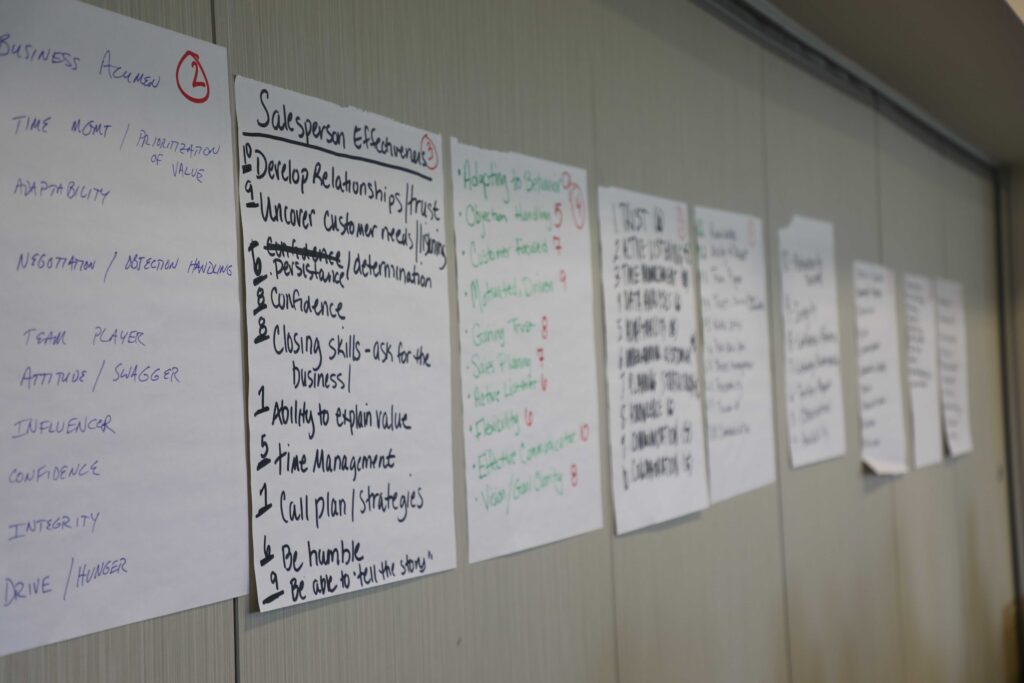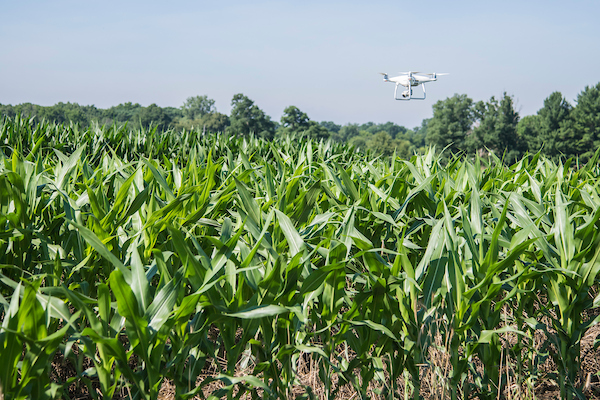Reviewer
Dr. Scott Downey, Director and Professor, Purdue University
Article
“The more we share, the more we have”? Analyses of knowledge sharing by key account managers by Leonore D.K. Peters, University of Bamberg, Germany
Source
Peters, L. D. K. (2024). “The more we share, the more we have”? Analyses of knowledge sharing by key account managers. Industrial Marketing Management, 120, 100–114. https://doi.org/10.1016/j.indmarman.2024.04.006
Summary
This paper looks at something I think is critical for salespeople in agriculture. For years, I’ve emphasized the importance of how deeply salespeople understand their customers’ businesses and how formally they keep track of that information as a measure of relationship strength. This research furthers our understanding of these practices and the positive impact that customer knowledge has on sales performance when a sales organization embraces the importance of keeping track of that knowledge.
From a research perspective, the approach taken by the authors is ideal. They started out with interviews, which grounded their investigation in the real world first. Imagine that! Then, they did a broader study to collect data for analysis to see if what they learned in the interviews held true for the majority of account managers.
There were 88 interviews with key account managers to understand how they shared information gathered about their accounts with others in their organization. This is an important concept, as managers and marketing people within the organization can make better decisions if they understand customers and sales relationships. Typically, the mechanisms for sharing this information today are through CRM systems. In the interviews salespeople said CRM tools are available, but their use varies greatly, often being replaced by informal communication methods. The willingness to share information about customers is determined by the salesperson’s attitude and their relationship with the company they work for.
The quantitative study had 307 account managers who responded. They found that salespeople with a positive relationship with their company were more likely to share information and perform better. Similarly, salespeople with deep knowledge of their customers also performed better. If the salespeople and organization were intentional about prioritizing opportunities and shared information, the effects were even stronger.
What does this mean for food and agricultural business?
Recent research conducted by the Center for Food and Agricultural Business at Purdue has found similar results. It seems pretty clear that relationships between salespeople and their customers result in higher sales performance when:
- The relationship is organization to organization, not just salesperson to customer.
- The sales organization has a process for prioritizing opportunities.
- Salespeople record what they know about their customers and share it with others in their own organization.
A fourth bullet point that needs more study to verify is that sales performance is enhanced when customer information is used to plan sales activities at the account level, not just at the sales call level. A fifth bullet point is that a seller’s confidence in business, industry, and technical knowledge enhances the value they bring to customers. These last two points are indicated in Purdue’s research on agribusiness salespeople but were not examined at in the research reviewed here.
Consolidation and higher levels of education in agriculture today mean bigger, more sophisticated relationships. Companies who serve farmers directly are recognizing they need to focus on more formal sales processes in order to understand complex farmers and ranchers effectively. Social relationships are great and may open the door, but margin comes from the value salespeople bring to their customers in managing risk, providing technical resources and advice, interpreting data, directing customer attention to knowledge relevant to their customers’ business, and connecting customers with changing industry practices needed to keep up with consumer demands, scarce resources, and regulatory policies.
The margin benefits are key here. Lately, I have been asking retail salespeople why their customers would ever be willing to pay more for a product than the lowest price available in the market. Supply chain challenges aside, most farmers and ranchers have more than one choice about where to buy any product. Revenue may come primarily from sales of products, but margins come from value beyond products. Companies like Amazon know that salespeople are not necessary in order to sell products. Sears learned that lesson in their appliance business the hard way. Purdue research from 2021 showed that most farmers and ranchers buy from salespeople today with the belief that they don’t have any choice but to go through a salesperson. For the most part, they’re right. Today.
To generate margins going forward, salespeople must bring value beyond the products they sell. Knowledge of products is not enough to get much margin – customers can easily get that information online if they cared to do so. That’s true for nearly all information today. But, because a salesperson with a relationship knows what is uniquely important to their customer, they can draw their attention to items that are uniquely relevant to them.
Think for a minute about what that means. It’s not the information the salesperson brings that is critical to value; information can be found quite easily. It’s the relevance to that customer that is key. A salesperson’s ability to be relevant comes from knowing the customer really well and using that knowledge to offer something distinct that the customer can’t find elsewhere. Today, salespeople are compete not on what they say to customers, they on what they ask customers and how they use that information to bring value.
The implications for this are huge. How companies market is shifting, how managers manage is shifting, and how salespeople sell is shifting. Over the last several years here at Purdue, we have developed tools to help organizations make these shifts. Our professional development approaches across nearly every topic we teach have been impacted by the observations made in the article by Dr. Peters.




